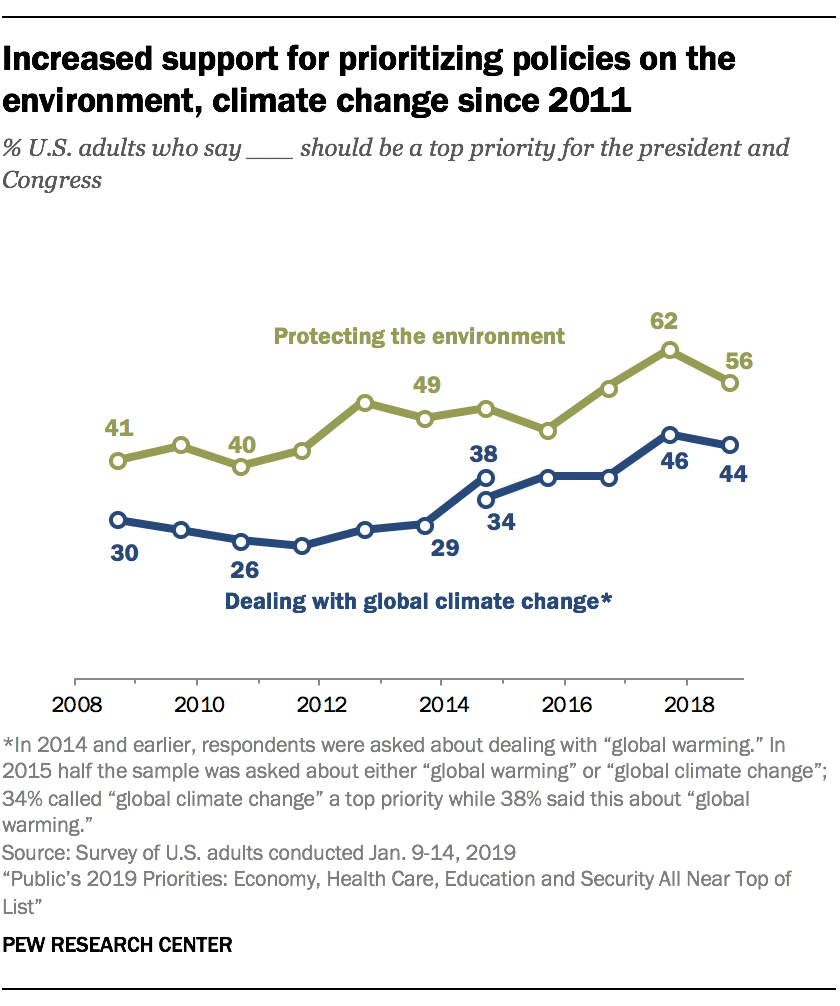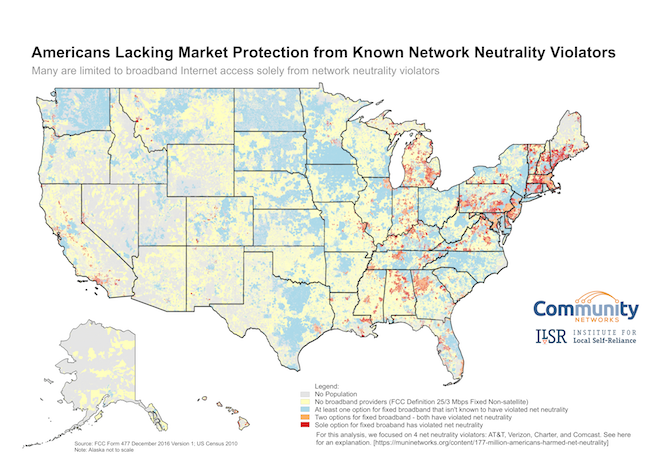Technology is constantly pervasive in our lives. Let’s think for a moment about how one incredibly pervasive technology has changed the way we live twenty four hours a day. The Internet was built by the Defense Advanced Research Projects Agency (DARPA) contracting with universities and research centers to build a powerful internetworking protocol and network for the military research and communications beginning in 1969. The network evolved with more research centers and government organizations using the system for communication and joint projects. By the mid 1990s the Internet was opened to the public primarily for email, though soon websites and messaging systems were established. Commercial common carriers were offered government contracts to provide more communication network support and services. In 1993 the Internet provided 1 % of all two way communications, by 2000 51 % of all communications were over the Internet, then growth exploded to 97 % of all telecommunications information in 2007. As recently as 25 years ago there were no companies like Facebook, Netflix, Google, Twitter, eHarmony, LinkedIn, Instagram, Amazon, et al. Yet, these companies were allowed to grow into behemoths largely unregulated with young entrepreneurs maximizing profits not focused on the public trust.
Just twenty-five years later just about everything in our daily life is changed, from task assistants like Siri, dating with eHarmony, finding a job via Linked In, searching for answers on Google, watching on demand movies in our homes via Netflix, sharing photos via Instagram and taking a picture on our smartphones and sharing it with our friends via Facebook. Corporations embraced the Internet for new applications, channels of distribution, low cost communications, outsourcing of work remotely and low cost entry to new markets.
Along with all these applications, democracy pundits had visions of a more engaged electorate, citizen forums, exchanges of ideas, more facts based discussion, online referendums on key issues and more responsive government. It certainly has not worked out that way, corporations give hundreds of millions of dollars to congressmen and senators, there is certainly more dialog via blogs and websites in the millions – but do we see more heat than light? Plus, with technology gone wild; more fake videos (not the authentic video but edited words and pictures), more hate stories and posts from adversaries like Russia to influence our elections. The lowest common denominator has certainly been hit with the present POTUS and Congress in place largely not responding to the people’s opinions due to corporate and special interest group lobbying and influence from campaign financing. For instance Pew Research completed a recent poll on climate change, the existential issue of our time, where 56% of all voters view protecting our environment as a top priority for the President and Congress.

Instead, we have an administration loosening targets for auto emissions to static levels, EPA rolling back fossil fuel emission standards and wilderness preserves being opened up to oil drilling.
We ask a fundamental question: is technology in the instance of the Internet serving the needs of democracy or undermining its very foundation? We will also look in this series of Saving Democracy chapters on other technologies; automation and robots, AI and content platforms. First, we look at the backbone of the Internet, its vast network built by the federal government, universities and research agencies and now being subverted by corporations.
Net Neutrality – Corporations Undermine the Common Good
Built by taxpayer money by DARPA for military communications, next universities and research centers, then open to the public and commercial enterprises. So, why do companies like AT & T, Verizon, and Comcast think they should control how Internet is offered to our people? We paid for it, as it evolved the Internet was envisioned is new way to engage citizens in the political process and to level the playing field for new companies.
We certainly, have seen how innovation with a plethora of new services has emerged in the last 20 years, yet now a few giants run the content side: Google, Facebook, Netflix, Disney and the network side run by AT &T, Verizon, and Comcast. As the content companies merge with networking companies we have huge companies deciding how to make more money from a network entity that is actually a public trust built by taxpayer money.
One way we see inequality growing is access to the Internet for many in poor, or rural regions of the country is limited in speed and services. Without Internet speedy Internet access or innovative services for universities, hospitals, and companies in these regions it is difficult for the working class to gain the skills to get a better job, or companies to compete with their high speed competitors. Investment is declining in some regions of the Midwest and South due to poor Internet infrastructure which means fewer jobs for people living in the area.

An analysis in December, 2017 by the ISSR shows that over 177 million Americans would be left without protection if the net neutrality policy were reversed. Note all the light yellow regions of the country that have no broadband provider at all. Orange and red regions have providers who have violated net neutrality rules. Without high speed Internet access these mostly rural regions are left to declining investment, fewer jobs and poorer health care.
Next Step:
The Internet backbone network is really a Common Good. It is a utility, not a platform for companies to make profits and take control of access, speed and content which was the original purpose in designing the Internet as a peer to peer protocol rather than hierarchical.
The present GOP administration installed a company lobbyist as chair of the FCC who immediately decided that the network neutrality doctrine of the Obama administration should be overturned, giving control to for profit entities to charge whatever they wanted for speedy access or content. It is as if we turned the interstate system of freeways over to GM, so GM could give special lanes to GM cars and the others would have to go in slower lanes.
No, we don’t see the Common Good being protected by a for profit doctrine, the profit policy just can’t do the job. In July, 2018 when firefighters in the California Mendocino fire went over their mobile data plan limit, Verizon throttled their data transmission to 1/200 of the speed. After the outrage over such predatory practices Verizon relented and will now offer all western state first responders standard data plans without throttling. Why should they even be able to throttle? If a user needs more data then just charge more over a certain limit – but throttling their network speed is coercive.
Network neutrality for all content, all websites, all messaging is the just doctrine for a Common Good like the Internet built with public funds. An equal access Internet provides a critical column foundation for democracy to serve all the people not just the rich. The fact that corporations think they should be able to do whatever they want shows once again that corporations have control and power over the public interest. Their position needs to shift to supporting the public interest as priority one, not profits. We need to have the common carriers see they have a public trust, and social responsibility in operating a public Internet utility.
